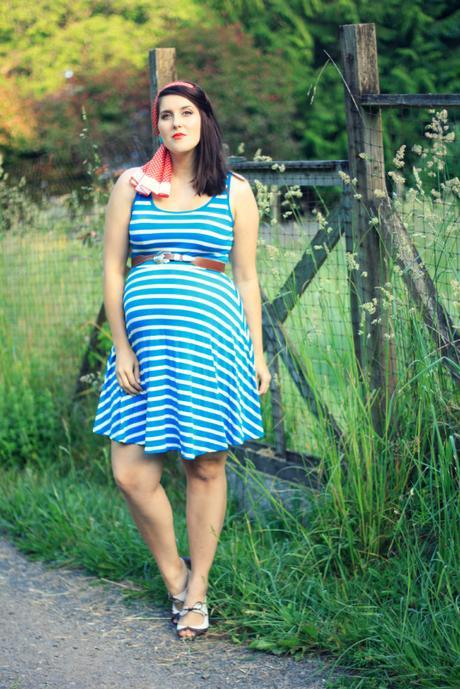
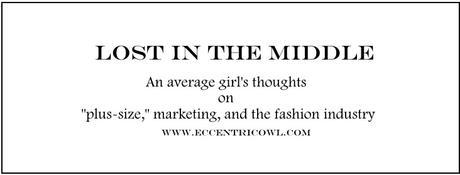
Recently, Elana over at Room 334 posted pictures of herself wearing a swimsuit, looking every bit as adorable and stylish as ever. When I finally got to look at the post, I was really refreshed by the normalcy — a girl at the beach in a cute swimsuit who wasn’t claiming insecurity based on body type, who generally wouldn’t have posted bikini pictures not because she thinks her body is unattractive but because she doesn’t feel the need to plaster it in everybody’s faces, who is just… normal. My favorite types of bloggers have always been those to whom I could relate — not super thin, not voluptuously plus sized, but average. I have a soft spot for the everyday woman, and Elana has been one of my favorites for a long time because she is so relatable in that area.
But then, just a few days later, she posted again with the disheartening news that, without consulting her prior on how they’d like to use her photos, the company who sent her the swimsuit for review had hashtagged her as “plus size” and put her in an album called “Suriana Curvy Girl.” And I was confused.
If companies and/or popular society saw this girl as a plus size woman, did they think the same of me? Elana and I wear the same dress size and the same shirt size, but I have bigger hips, especially right now through pregnancy. If someone would add a girl whose hips are smaller than mine and whose figure at best I would have called “curvy” — something I’ve used to describe people who are thinner AND bigger than me — as plus sized, what would they call me?
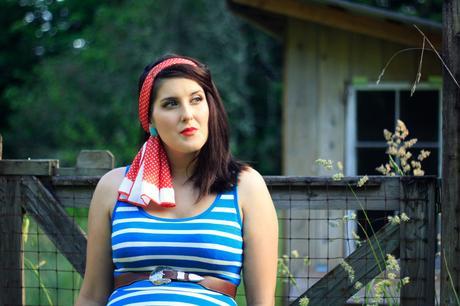
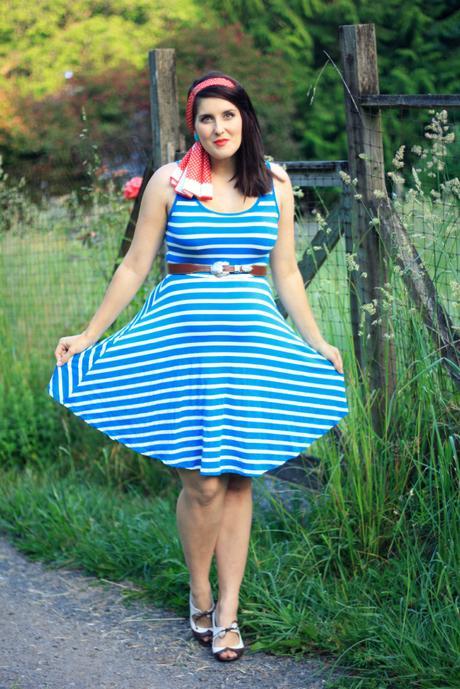
For years, I have worked to be a normal size. I have lost weight, I have gained confidence; I have gained weight and lost confidence. I have hated my thighs, loved my waist, watched numbers shrink and grow, felt my insecurities do the same, and I have slowly but surely done my best to fit into the category of average, because to me, my average-sized friends are so beautiful. More than that, though, I have worked hard to appreciate other things about myself and have confidence that is outside of what number my jeans bear.
I have read a lot of articles for and against the term plus size, but I’ve never really formed an opinion on it until now. In the past, plus size was an easy way to categorize clothes, much like you would use “juniors” or “petites” or “misses” sizing. The cuts were just different, and therefore needed that label. The women who wore them were of above-average sizing (not a bad thing), and as I would have also categorized a petite blogger or a mom blogger, there were plus size bloggers. And as the years passed, being a plus size blogger took on a lot of (much deserved!) positivity and garnered applause for their bravery — to put themselves out there as a woman whose body was not what society hailed as ideal, in clothing that was attractive.
As I watched the self-proclaimed plus-size blogs grow in popularity right alongside the modelesque sized bloggers, sometimes I felt a bit lost. I have nothing against plus sized or model-sized blogs, and in fact love to read them, but I am not plus sized, and I am not model sized. I am not hailed as brave for wearing clothing that is attractive. I am not sought out by media for having a thin body type that is currently praised as ideal. I am not applauded for wearing a swimsuit to the beach as a woman my size. I am average. I am simply accepted and forgotten as a part of popular society. And because I have aspired so much to be where I am, it’s disappointing to realize that to the larger part of the published world, what I have to offer may not be considered simply because I am not a groundbreaking size.
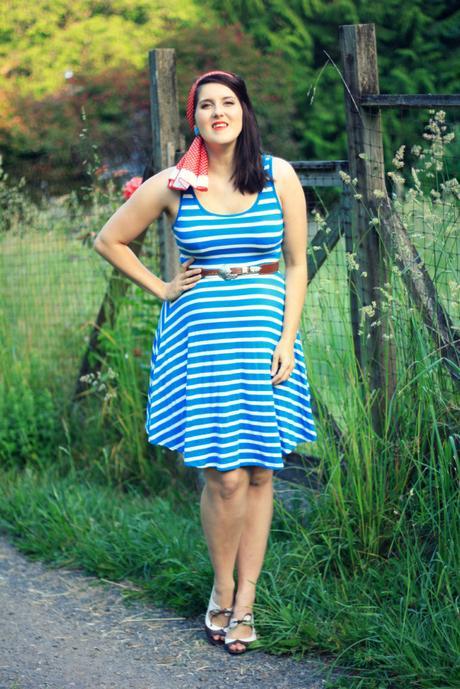
After all, how do you market an average body? How can one gain attention for a size 8 woman whose figure is similar to so many others? How can you promote groundbreaking or trendsetting when someone wears size twelve jeans? Where is the controversy, the attention-grabbing headline, the hashtag that garners the most clicks? How can you create desire with someone who does not have a figure every girl aspires towards, or admires for its bravery to be different?
The fact is, in all of the movement to promote body diversity, there still is not much diversity going on. Between the truly plus sized and the fairly fit bodies, there is a land that is rarely covered by the media that considers Jennifer Lawrence to be fat, where Lena Dunham is slammed for apparently promoting obesity, and where models with better figures than me are considered “plus size.” There are only a handful of companies who truly advertise with diverse bodies, but even then fall more on the sides of thin or plus than choosing to showcase an average-sized girl.
Reading Elana’s blog post sparked a lot of thought on my part. What do I really think of the term plus size? Who do I consider to be so? And why does it even matter?
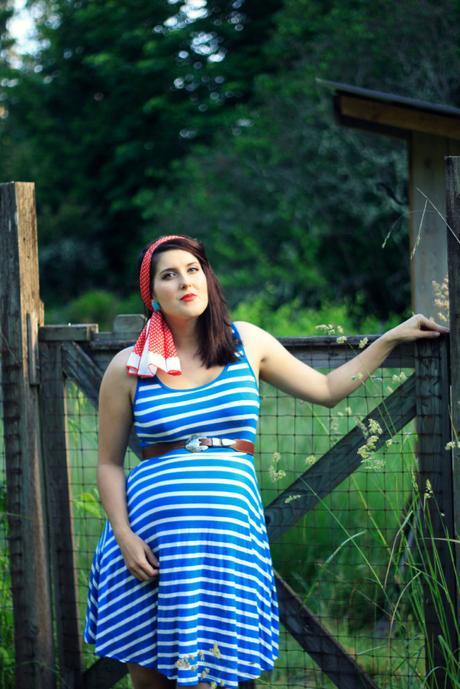
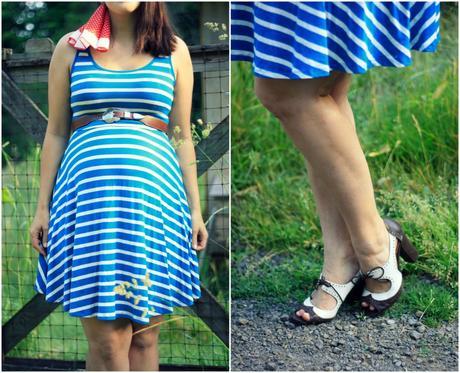
Much as Elana was more offended that no discussion was had prior to a company posting her as a plus size girl, I would be offended if someone were to label me as plus size — not because I think it’s a bad thing to be a plus size woman, but because that is a misrepresentation of who I am. I have often admired plus size bloggers and occasionally wished I could be considered part of that group at my current weight because it looks like fun and I think they are beautiful. But my measurements fall far short of being plus or thin, which excludes me from two very popular categories.
However, I would not want to be included simply because the numbers on my scale or the shape of my body makes me a marketable term. And I would not want to be labeled as such without my knowledge, because that is not how I choose to represent myself. Calling a person plus size should be something used respectfully, thoughtfully, and with prior discussion with that person as to how they would like to be labeled. Despite all of the work going into reclaiming “plus size” as a positive thing, how it is used should always be coupled with sensitivity, respect, and consideration.
After all, humans are not insusceptible to the negativity that comes with having a unique feature. No matter how much it might look like they don’t care in public, nobody knows how much they struggle in private. Nobody knows how that label might affect others who see it applied. Nobody knows how much it could hurt when it’s something they’ve never considered themselves to be.
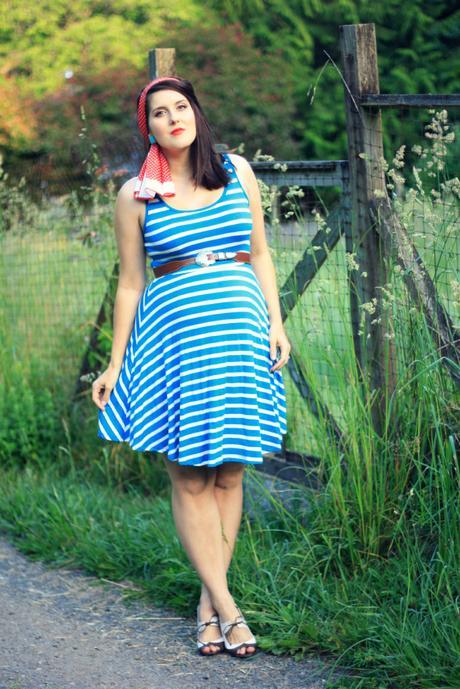
Dress, heels, belt, and scarf, thrifted | earrings, vintage/grandma’s
And above all of that, I don’t think the term “plus size” should be banned; banning it implies to everyone that it is a bad thing to be, and demeans those who are happy to be plus, who take pride in their above-average curves, who value that term as a part of themselves. Nor do I think that it should be “reclaimed” and promoted, as many are trying to do right now. Rather, I think it should be normalized. Because the other options can both cause damage. Just as marketing a thin body has damaged the lives of many young girls, so too can running the opposite way and saying that plus size is the new norm. Those who are simply average get caught in the controversy between thin and plus size, and nobody stands up to say that they, too, are perfectly acceptable and beautiful in society.
Normalizing the term could negate the unwanted effects of those who might use it to bully and those who unknowingly feed the need-to-be-that-way fire in the minds of girls who idolize a body type that is not their own. Normalizing it means you can be a happy, healthy person regardless of which section you shop in and nobody will argue. Normalizing it means a woman with rolls can wear a bikini to the beach and nobody bats an eye. Normalizing it could mean that society would begin to promote all body types, and not just the extremes. That suddenly the ideal body type is not just one shape, size, or number on the scale, but many.
Perhaps then, marketers would not need to label someone as something they are not simply for clicks and views. Perhaps then, we could be one step closer to a healthier mindset of what beauty is in young girls today. And perhaps then, nobody would get lost in the middle.
Please note: this is not a post to bash plus size or thin bloggers or women, but to challenge the way marketing is used in the fashion industry, and to spark thought about whether or not these terms are harmful, and how we can make a change to continue along the road to all-inclusive body diversity in stores today.

Bloglovin|Facebook|Twitter|Pinterest|Instagram|Fiction Press|Etsy|Photography

